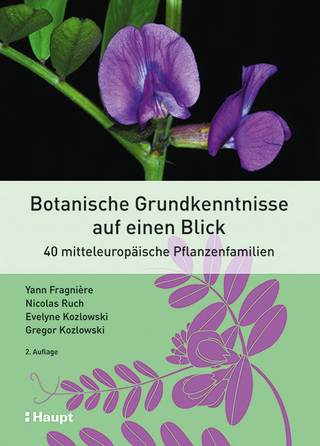
Challenges in Plant Disease Detection and Recent Advancements
Seiten
2024
IntechOpen (Verlag)
978-0-85466-143-5 (ISBN)
IntechOpen (Verlag)
978-0-85466-143-5 (ISBN)
In modern agriculture, addressing challenges such as population growth, climate change, and the emergence of new plant diseases is crucial. Diagnosing plant pathogens is increasingly difficult, posing new obstacles for diagnostic tools. Plant diseases caused by fungi, bacteria, viruses, nematodes, and mollicutes are causing major agricultural issues globally, hindering plant growth and spreading rapidly. Efficient, affordable, and user-friendly technologies are needed to accurately detect specific pathogens to overcome the limitations of traditional diagnostic methods. Accurate evaluation techniques are crucial for effectively managing diseases and minimizing yield loss. Cutting-edge technologies like machine learning (ML) and deep learning (DL), with the use of CNNs and DBNs, are employed to detect plant diseases and abnormalities in their early stages. These techniques have proven effective in identifying and studying the effects of severe abiotic environmental factors like drought. The progress of DL technology has significantly enhanced the identification and management of pests in crops and plants. Chlorophyll fluorescence (ChlF) has been extensively utilized for the early detection of crop diseases because of its remarkable sensitivity in indicating alterations in crop photosynthetic physiology. Nanotechnology and nanodiagnostics have made significant advancements and are currently one of the most intriguing fields of science, with the potential to greatly benefit sustainable agriculture through their small size, large surface area, enhanced reactivity, rapid disease detection, precise treatments, and improved nutrient absorption for plants. Trichoderma enhances crop production using sustainable methods and adeptly manages plant illnesses across various settings. Trichoderma acts as a biological control agent through multiple mechanisms, including competing for nutrients, mycoparasitism, producing antibiotic and hydrolytic enzymes, and inducing plant resistance. Enhancing plant growth helps increase their ability to withstand environmental stress, enhances the absorption of nutrients from the soil, and reduces the susceptibility to plant diseases.
| Erscheinungsdatum | 22.08.2024 |
|---|---|
| Verlagsort | London |
| Sprache | englisch |
| Maße | 175 x 254 mm |
| Themenwelt | Naturwissenschaften ► Biologie ► Botanik |
| ISBN-10 | 0-85466-143-3 / 0854661433 |
| ISBN-13 | 978-0-85466-143-5 / 9780854661435 |
| Zustand | Neuware |
| Informationen gemäß Produktsicherheitsverordnung (GPSR) | |
| Haben Sie eine Frage zum Produkt? |
Mehr entdecken
aus dem Bereich
aus dem Bereich
Gefäßpflanzen: Grundband
Buch | Hardcover (2021)
Springer Spektrum (Verlag)
44,99 €
ein Baum erzählt seine erstaunliche Geschichte
Buch | Hardcover (2024)
Ludwig (Verlag)
23,00 €
40 mitteleuropäische Pflanzenfamilien
Buch | Hardcover (2021)
Haupt Verlag
36,00 €


